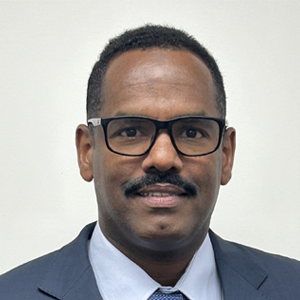High-performance computing (HPC) services like artificial intelligence (AI) and machine learning (ML) boost global data consumption. The surge in energy demand from data centers' HPC services, along with other factors such as industrial growth and urban expansion, exceeds the capacities of traditional utilities. Data centers, currently consuming 2 percent of global electricity, are set to double this consumption by 2026. Rapid advancements in data centers, AI, and cryptocurrencies will push electricity usage worldwide from 460 TWh in 2022 to over 800 TWh (see Figure 1). Amid this growth, the challenge lies in ensuring an uninterrupted power supply while also minimizing carbon footprint.
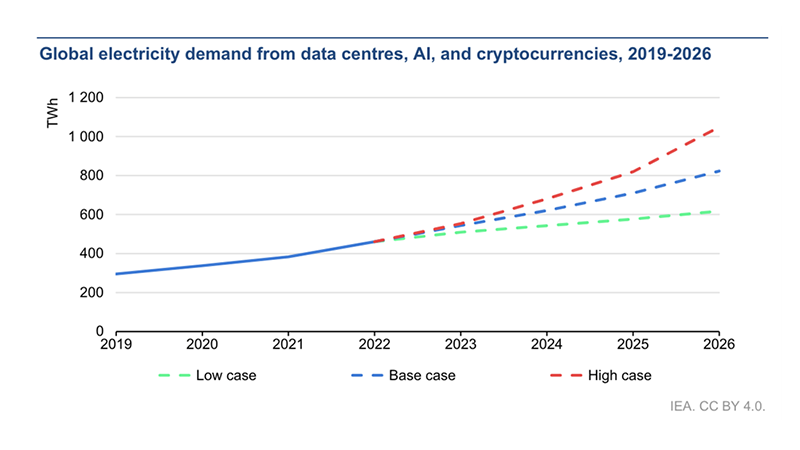
Source: International Energy Agency
Hybrid microgrids offer a promising solution to these challenges. They enable data centers to generate their own energy and reduce reliance on traditional power sources, improving resilience to grid disturbances. Leveraging low- to zero-carbon distributed energy resources (DERs), such as solar panels or wind turbines, and energy storage systems (ESS) can lower greenhouse gas emissions while providing a more reliable power supply.
Microgrid definition
A microgrid is a small-scale power grid operating independently or with the area's main electrical grid. Hybrid microgrids enable DERs, such as solar panels, wind turbines, and hydrogen fuel cells, to provide electricity to a localized area. This setup not only leverages alternative energy sources but also offers the flexibility to switch to more traditional forms of power generation when necessary. Microgrids can operate independently in "island mode" to provide continuous power during outages by reducing long-distance electricity transmission and decreasing energy loss.
How do microgrids work?
Microgrids work by gathering energy from various sources, like the sun and wind, and using it to provide electricity to a local area. These systems can connect to the main power grid but can also operate independently during outages, guaranteeing uninterrupted power. By utilizing uninterruptible power supplies (UPSs) and battery energy storage systems (BESS) for storage and bidirectional distribution, microgrids ensure an "always-on" power source. Advanced technology enables the efficient management of power flow within the locale to meet community needs. This setup allows for a reliable, flexible, and eco-friendly energy supply, reducing dependence on fossil fuels.
Benefits of microgrids
Microgrids enhance resilience and grid independence, ensuring that mission-critical functions across interconnected sectors, including data centers, hospitals, and independent emergency services, maintain an uninterrupted power supply during outages. They offer several benefits, including:
- Enhanced resilience and reliability: Microgrids can function independently during grid failures or emergencies, leveraging stored energy from distributed sources.
- Grid independence: Microgrids support a localized and secure energy supply. Businesses can rely on their power generation, reducing dependence on unstable external sources. In remote areas, microgrids enable access to electricity where traditional grid extension is unavailable or impractical.
- Reduced carbon footprint: Microgrids may utilize multiple low- to zero-carbon energy sources. This system allows for a reduction of carbon emissions compared to using the local grid that relies on fossil fuels.
- Energy efficiency: Microgrids improve energy efficiency by generating electricity near where it is consumed, potentially reducing energy loss associated with long-distance transmission.
- Cost savings: Microgrids help cut energy costs by using local renewable energy sources. By incorporating advanced UPSs, they can work with the main grid to balance and optimize energy usage. This means they can use energy from the grid during off-peak times and switch to microgrid-stored and distributed energy during peak times, leading to savings on electricity costs.
- Grid support and ancillary services: Microgrids can provide ancillary services to the main grid, such as frequency regulation and voltage support. They enhance grid stability by participating in demand response and load shedding.
Components of a microgrid
Understanding the components of a microgrid is crucial for businesses looking to improve energy resilience and reduce carbon emissions. They can customize their microgrids to meet specific needs with various energy sources, storage solutions, and control technologies, allowing an optimized energy supply.
Distributed energy resources (DERs)
DERs are at the heart of any microgrid, providing the primary and backup power generation capability. These resources include renewable energy sources such as solar panels, wind turbines, natural gas, fuel cells, and, occasionally, small-scale hydroelectric generators. They also can encompass non-renewable sources like diesel generators when renewable sources are not feasible. DERs enable microgrids to produce energy locally, significantly reducing reliance on the central grid and enhancing sustainability by integrating alternative energy solutions.
Battery energy storage systems (BESS)
Battery energy storage systems (BESS) plays a crucial role in microgrids by storing excess energy produced during low-demand periods for use during peak times. This helps in managing the power supply more effectively and stabilizes the microgrid during fluctuations in energy generation from alternative sources. Typical forms of energy storage include battery systems, flywheels, and supercapacitors, each selected based on the microgrid's specific operational requirements and the characteristics of the energy sources involved.
Energy management system (EMS)
The energy management system (EMS) acts as the brain of the microgrid, intelligently controlling and optimizing the flow of electricity from various sources to meet the demand. It uses sophisticated algorithms to forecast energy consumption patterns and adjust production accordingly. EMS ensures efficient microgrid operation by managing the interplay between DERs, ESS, and the main grid connection, optimizing for cost, reliability, and carbon savings. Its capabilities include monitoring system performance, predicting energy demand, and executing the most efficient energy distribution strategies.
BYOP: Bring your own power
Bring your own power (BYOP) utilizes modern and robust power systems, including localized, “always-on” alternative energy solutions to support or replace power from the main electricity grid. This approach aims to enhance power reliability and reduce carbon emissions by leveraging DERs, securing grid independence for facilities like data centers. Traditional diesel generators provide backup power in microgrids but can have high operational costs and environmental issues. They produce noise, heat, and harmful emissions like CO₂ and NOx and depend on the unpredictable costs of fossil fuels.
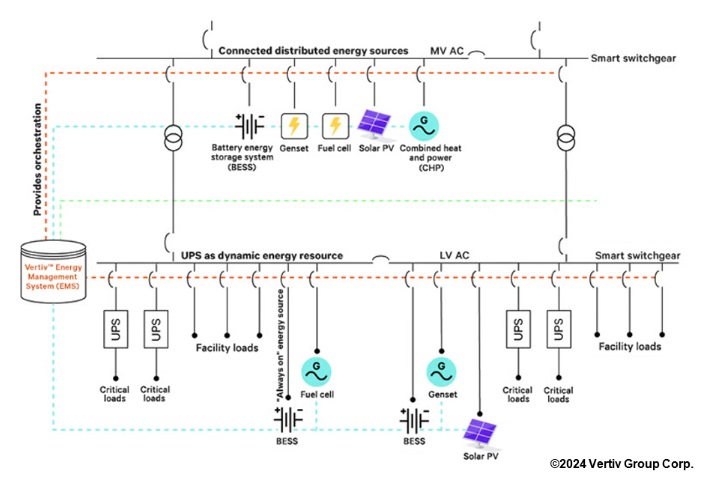
In contrast, BYOP microgrids present a comprehensive solution by integrating DERs and BESS (see Figure 2), enabling a more localized and controlled power generation and consumption method. This strategy not only increases reliability but also reduces energy loss during transmission. By operating in conjunction with or independently from the main grid and leveraging renewable energy and battery storage, microgrids can enhance energy security and provide a reliable, low- to zero-carbon power source.
UPS as a dynamic energy resource
The UPS not only protects loads and maintains power quality but also acts as a power center that manages energy in a BYOP approach. It has grid-interactive capabilities that allow frequency regulation and demand management (or peak shaving) via charging or discharging the battery. By adjusting energy output, the UPS stabilizes the power grid. During peak demand times, energy use is decreased, easing stress on the grid and cutting down on energy expenses. Data centers can use these features anytime, not only during power outages.
BESS for an “always-on” reliable source
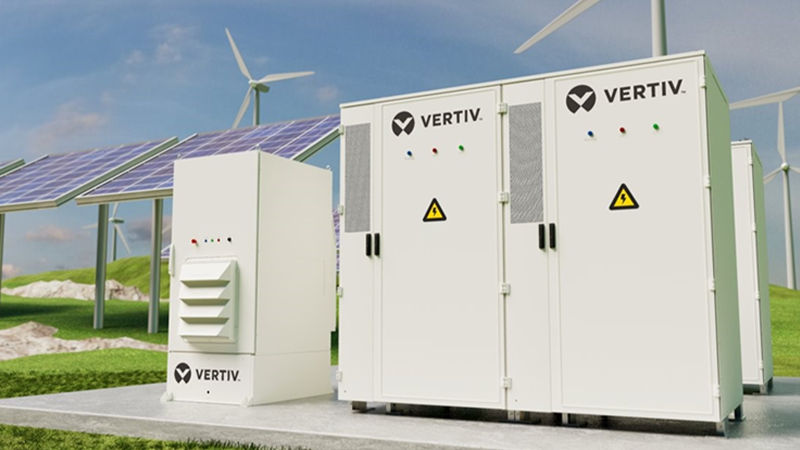
As the UPS reduces energy consumption from the grid during peak demand periods, it maintains a seamless and uninterrupted power supply using the power stored in BESS. BESS (see Figure 3) stores excess energy from renewable sources or the grid, providing a resilient, always-on environment with extended backup time. It can also support grid balancing, renewables, and independent grids. When connected to the generator bus, BESS can provide power for an extended period.
Reducing generator starts
The BYOP approach significantly reduces diesel generator starts by utilizing UPS alongside long-lasting battery systems or BESS at the utility level. Fuel cells, particularly fast-start polymer electrolyte membrane (PEM) fuel cells, can also provide continuous power through an electrochemical reaction between hydrogen and oxygen, requiring no recharge as long as the hydrogen supply is maintained.
Instead of turning to diesel generators during power outages, the UPS can switch to fuel cells for reliable backup power. This setup not only minimizes generator starts but also positions PEM fuel cells and solid oxide fuel cells (SOFCs) as sustainable alternatives to traditional diesel generators and even the utility grid.
Read more:
Evaluating the Potential of Fuel Cells for Data Center Power
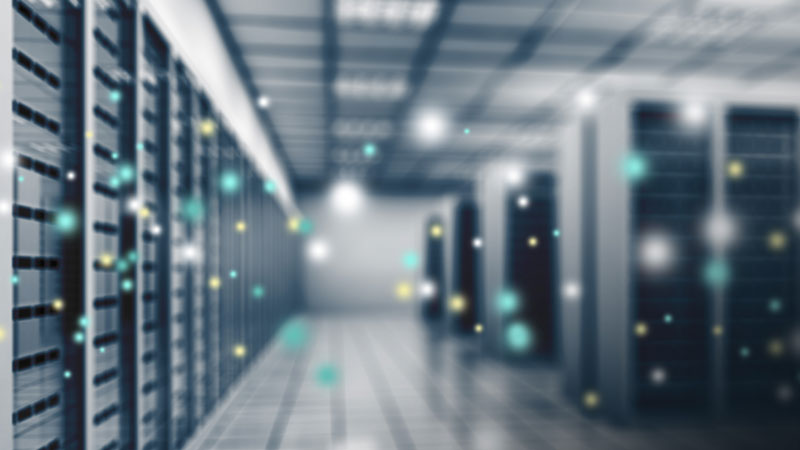
Capacity growth has become a constant challenge for the data center industry and that growth threatens to drive up greenhouse gas emission, contributing to climate change. But there is an opportunity within many facilities to reduce emissions.
Steps to building a microgrid for data centers
Assessing and enhancing power infrastructure is crucial for data center operators aiming to achieve higher energy efficiency and reliability. This step-by-step approach ensures a comprehensive understanding and integration of microgrid solutions tailored to specific operational needs and decarbonization goals.
Assess your current power infrastructure
Before considering a microgrid, data center operators must evaluate their existing power systems. This involves reviewing your current grid-connected electrical setup, including any generators or utility sources you rely on. Take note of power flow, quality, and any harmonics or system restoration issues. Conduct a visual audit of your electrical equipment to fully understand its types, ratings, and operational conditions.
Identify microgrid configuration and interconnection points
The next step is pinpointing how the microgrid will fit your current setup. This means identifying where and how the microgrid will connect with the public electric grid. Also, consider existing and potential future DERs, like solar or wind energy, combined heat and power (CHP) systems, fuel cells, and batteries.
Create a conceptual design
Once you clearly understand your existing setup and how the microgrid fits within it, the next step is to draft a preliminary design. This includes the preliminary sizing of DERs and the initial design of the electrical systems (electrical one-lines) and control architecture. Consider different modes of operation, how the system will switch between these modes, and the scenarios you need to plan for, such as short-term outages or long-term resilience planning.
Incorporating safety considerations and redundancy measures to control substance leaks and contamination is crucial for ensuring the safety of personnel and the facility. These measures also play a pivotal role in obtaining permits and alleviating community safety concerns during deployment and implementation.
Plan for future configurations and load requirements
Think about both short-term and long-term needs for your microgrid system. This includes understanding how critical your load uptime is and what your capabilities should be for black-start or extended outages. Planning for the future ensures your microgrid will meet today's needs and adapt to tomorrow's challenges.
Consider carbon savings and resiliency benefits
Building a microgrid allows data centers to prioritize alternative energy, reducing carbon emissions. It also adds resiliency to your power system, providing an uninterrupted power supply even during outages, thus protecting your invested equipment. Consistent power supplies minimize fluctuations, leading to a faster return on investment (ROI) and shorter total cost of ownership (TCO). The ability to seamlessly "island" your facility from the primary grid during disasters ensures continuity of critical operations.
Partner with experienced professionals
Finally, building a microgrid is a complex process requiring design, implementation, and maintenance expertise. Working with a partner with extensive experience in all phases of microgrid development, with a global presence and a robust supply chain to ensure continuity and timely deployment, is essential. They can guide you from concept through design, installation, commissioning, and long-term servicing, ensuring your microgrid meets your needs for operational efficiency and helps reduce your carbon footprint.
Unlock energy independence with BYOP
The BYOP approach marks a pivotal shift towards achieving energy reliability and environmental sustainability in data centers and other mission-critical facilities. By leveraging the innovative capabilities of microgrids, establishments not only gain control over their power sources but also reduce their carbon footprint. Partnering with experienced professionals in the industry can ensure a smooth and successful implementation of microgrid solutions, unlocking energy independence for data centers.
Vertiv™ Dynamic Power, applying the BYOP strategy, reimagines energy management for enhanced operational continuity and efficiency. This portfolio of hybrid solutions empowers you with always-on power to meet energy demands while reducing your carbon footprint by combining UPS systems, BESS, fuel cells, and renewable energy sources.
Manage power your way with the Vertiv™ Dynamic Power
Visit Vertiv™ Dynamic Power for an always-on microgrid solution that meets your energy demands while promoting carbon savings. Partner with us to take charge of your power needs and construct a resilient infrastructure.


